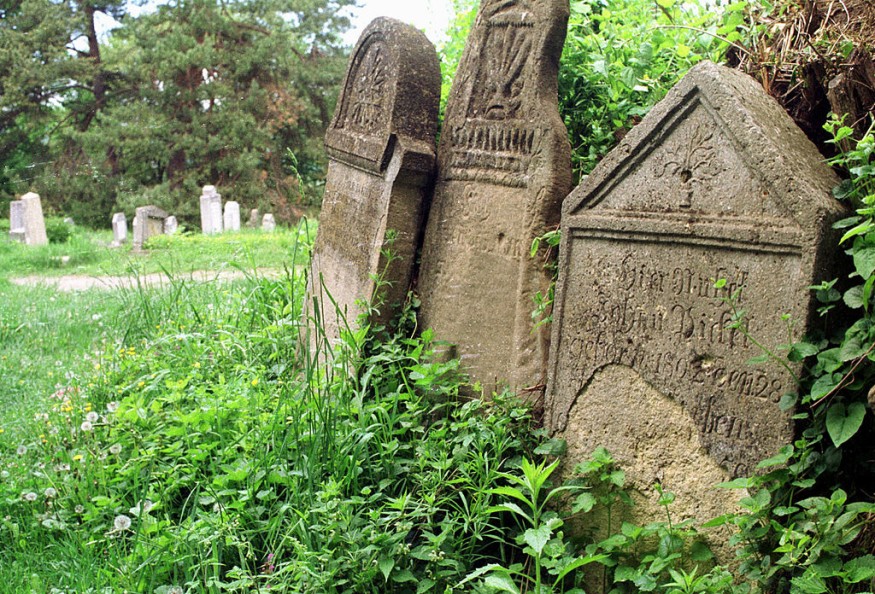Archaeologists discovered the bones of a "female vampire" in a 17th-century graveyard in Pień, Poland.
Professor Dariusz Poliski and a group of scientists from Nicolaus Copernicus University found the female skeletal remains during the dig. The woman had been pinned to the ground and had a sickle across her throat.
The New York Post wrote that superstitious Poles frequently used ordinary agricultural equipment in the 1600s to keep a deceased person who superstitious locals believed to be a vampire from rising from the dead.
Archaeologists Found 'Vampire' Corpse in Poland
Archaeologists discovered the grave near the Polish city of Bydgoszcz. According to anthropological research, the vampire had an erupting front tooth.
The discovery suggests that her look may have persuaded superstitious neighbors to label her a witch or vampire in the 17th century.
Locals allegedly fastened a sickle around her neck. In addition, they also wrapped the dead woman's toe in a padlock, supporting the idea that she was a vampire at the time of her death.
"The sickle was not laid flat but placed on the neck in such a way that if the deceased had tried to get up... the head would have been cut off or injured," Poliński told the Daily Mail.
The lock, according to Poliski, would have been used to represent "the difficulty of returning" throughout the burial procedure.
The researchers did not provide information on the deceased's estimated age but claimed that a silk cap discovered on her skull suggests she was a person of high social standing.

ALSO READ : Is Drinking Blood Safe? Vampire Association Warns People Against It, Activity Could Be Detrimental to Health
Superstitions About Vampires, Ghosts
Heritage Daily mentioned that a blood-sucking ghost, demon, or another supernatural being that eats human flesh had been depicted in mythology and folklore from nearly all civilizations throughout history.
By the 11th century, people had developed a phobia of vampires because they thought that "some dead individuals would claw their way out of the tomb as blood-sucking creatures that tormented the living."
One of the first representations of vampires comes from literature written in cuneiform by the Akkadians, Samarians, Assyrians, and Babylonians, who mentioned demonic beings such as the Lilu and Lilitu.
According to Science Alert, strange burial customs spread throughout Poland during the 17th century due to a rumored vampire infestation.
Smithsonian Magazine added that the legend around vampires, as people currently understand them spread throughout numerous European ethnic groups' oral traditions and lore in the late 17th and early 18th centuries.
They were referred to be the reincarnations of evil entities, witches, suicide victims, bodies possessed by evil spirits, or victims of vampire attacks.
Eastern Europe had boomed vampire sightings throughout the 18th century, with numerous exhumations and the practice of staking to eliminate any revenants. The "18th-Century Vampire Controversy" was used to describe this period.
Although there is still no academic agreement on how people came to be labelled as "vampires," Polski claims that they were frequently ruthlessly killed in various regions of the continent.
RELATED ARTICLE : Fossilized Giant Vampire Bat Remains Dating Back to 100,000 Years Ago Fills Historical Gaps
Check out more news and information on Archaeology in Science Times.










